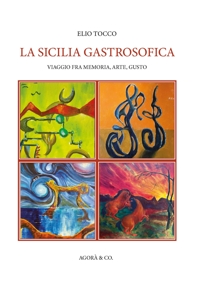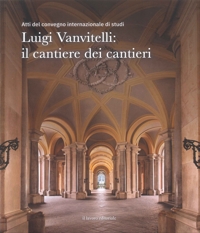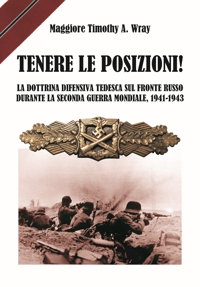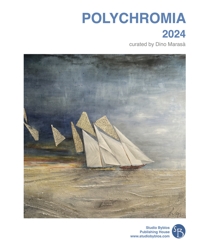Felice Palma. Massa 1583-1625. Collezione / Collection.
Texts by Andrei Cristina, Ciarlo Nicola, Federici Fabrizio, Claudio Casini and Sara Ragni.
Italian and English Text.
Pontedera, 2024; bound in a case, pp. 289, b/w and col. ill., b/w and col. plates, cm 24,5x34.
(L'Oro Bianco. Straordinari Dimenticati. The White Gold Forgotten Masters).
cover price: € 160.00
|
Books included in the offer:
Felice Palma. Massa 1583-1625. Collezione / Collection.
Texts by Andrei Cristina, Ciarlo Nicola, Federici Fabrizio, Claudio Casini and Sara Ragni.
Italian and English Text.
Pontedera, 2024; bound in a case, pp. 289, b/w and col. ill., b/w and col. plates, cm 24,5x34.
(L'Oro Bianco. Straordinari Dimenticati. The White Gold Forgotten Masters).
FREE (cover price: € 160.00)
Le botteghe del marmo
Italian and English Text.
Ospedaletto, 1992; bound, pp. 153, 10 b/w ill., 60 col. ill., cm 24x29.
(Immagine).
FREE (cover price: € 34.49)
Museo Stefano Bardini. I Bronzetti e gli Oggetti d'Uso in Bronzo
Edited by Nesi A.
Firenze, 2009; paperback, pp. 191, 102 b/w ill., 7 col. ill., cm 17x24,5.
(Museo Stefano Bardini).
FREE (cover price: € 30.00)
Bronzetti e Rilievi dal XV al XVIII Secolo
Bologna, 2015; 2 vols., bound in a case, pp. 729, ill., col. plates, cm 21,5x30,5.
FREE (cover price: € 90.00)
Flora. Federico Cesi's Botanical Manuscripts
Elliott Brent
Harvey Miller Publishers
Contributions by Luigi Guerrini and David N. Pegler.
English Text.
London, 2015; 3 vols., clothbound, pp. 1328, 869 b/w and col. ill., cm 21,5x29,5.
(The Paper Museum of Cassiano dal Pozzo. Series B: Natural History. 7).
series: The Paper Museum of Cassiano dal Pozzo. Series B: Natural History
ISBN: 1-905375-78-6 - EAN13: 9781905375783
Subject: Graphic Arts (Prints, Drawings, Engravings, Miniatures)
Period: 1400-1800 (XV-XVIII) Renaissance
Languages: 
Weight: 7.01 kg
Mauro Mancini € 30.40
€ 32.00 -5 %
Simonetti Dario € 23.75
€ 25.00 -5 %



























































